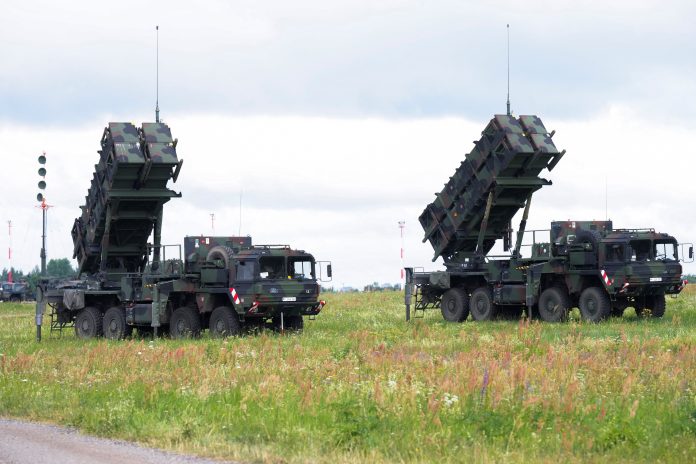The Russian army’s recent intensified attacks in the Kharkiv region have exposed two critical weaknesses in Ukraine: a lack of manpower and weak air defence.
In the official statement, the Ukrainian Defence Ministry said that Russian forces have launched two cross-border offensives in northern Ukraine in what President Volodymyr Zelensky calls a “new wave of counteroffensive actions” by Russia. The statement adds that Ukrainian reserve units have been deployed to reinforce defences in the area.
Friday’s cross-border attack is another example of what is going wrong for the Ukrainians this year. Ukraine’s armed forces are stretched thin, there is far less artillery, an extremely inadequate air defence and, above all, a shortage of manpower, which particularly affects the spirit of the soldiers.
One former Ukrainian officer who writes about the conflict on the blog Frontelligence confirmed the dire situation on the frontline due to the shortage of soldiers and said that “Manpower shortages compel Ukraine to avoid deploying large units along the border continuously, with fully stocked and ready for immediate-use artillery.”
The front lines were exacerbated by dry weather, which allowed Russian mechanised units to move more easily. As a consequence, Russia is to exploit all the shortcomings of the Ukrainian armed forces, its advantage on the battlefield, in an effort to establish the facts on the ground before a new wave of Western aid can help. It will be at least a few weeks before that happens in any meaningful quantities.
The town of Vovchansk in the northern Kharkiv region is the epicentre of events at the moment, as this is where Russia has managed to find yet another way to stretch Ukraine’s already thin blue line.
In addition, a Ukrainian military source told CNN that Russian troops have advanced at least a kilometre towards the town of Vovchansk. According to the source, the aim “was to get 10 kilometres deep and create a buffer zone at the border to secure Russian territory from feeling the war.” The Russian armed forces also penetrated 5 kilometres deep into Ukraine towards the village of Krasne, which lies about 75 kilometres along the border, west of Vovchansk. The source said the Russian ground assault towards Krasne was carried out by four Russian battalions – about 2,000 troops.
George Barros at the Institute for the Study of War in Washington stressed that the creation of a new Russian military grouping called Sever [North] is an operationally significant decision, as it is from this new force that armoured infantry units have been trying to cross the border. Ukrainian intelligence estimates that Russia currently has more than half a million troops in Ukraine or on its borders.
Russia sought to generate 60,000-100,000 troops for its group to attack Kharkiv and we estimate it’s closer to 50,000, he said, adding that it still had a lot of combat power.
In the meantime, Ukraine is suffering from a lack of soldiers on duty. Only last month, the mobilisation law was passed when President Zelensky feared both the cost and political consequences of a larger mobilisation. Numerical superiority has worsened dramatically across the front lines, giving Russian commanders increasing opportunities to find weaknesses. In the wake of this, Ukraine was forced to pass in the second reading a law on the mobilisation of prisoners into the Ukrainian Armed Forces (UAF) with a note that citizens convicted of serious crimes would not be mobilised.
The deputy head of Ukrainian Defence Intelligence, Major-General Vadym Skibitsky, confirmed the dire situation on the front because of the shortage of soldiers and told the Economist last week: “Our problem is very simple: we have no weapons. They always knew April and May would be a difficult time for us.”
Ukraine’s losses are compounded by the lack of prepared defensive positions behind the front line where they could retreat. President Zelensky and other officials have talked more about improving defensive fortifications as a building block to turn the tide of the Russian offensive, but they have been woefully insufficient.
The recent events mark Russia’s most serious cross-border ground offensive yet. Analysts say that if Russian forces are successful in pushing much further south, it could bring the northern edge of the city within range of Russian artillery, which can fire at a range of about 20 kilometres.
This is only the beginning, the Russians have a bridgehead for further offensives, a Ukrainian special forces unit said.
